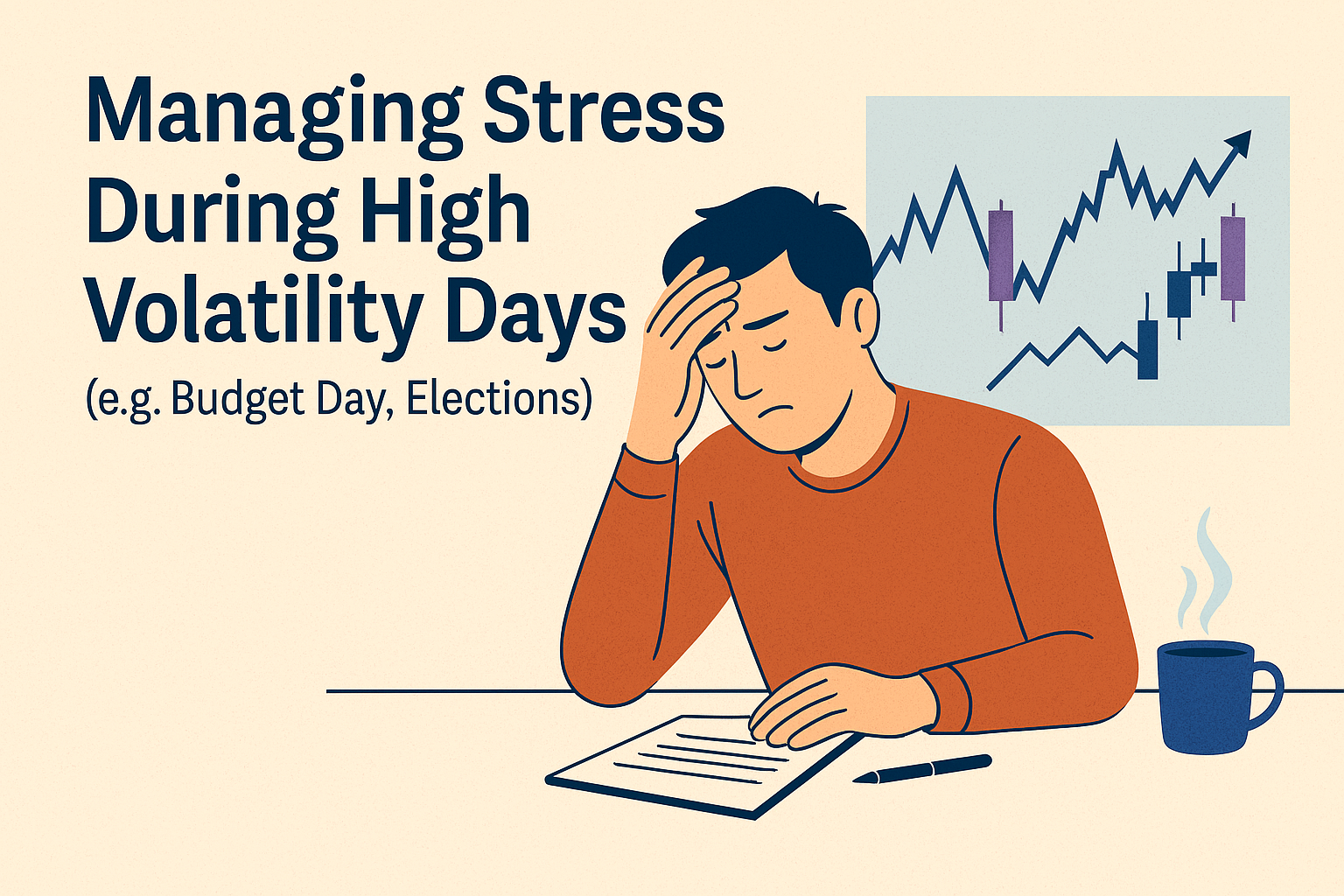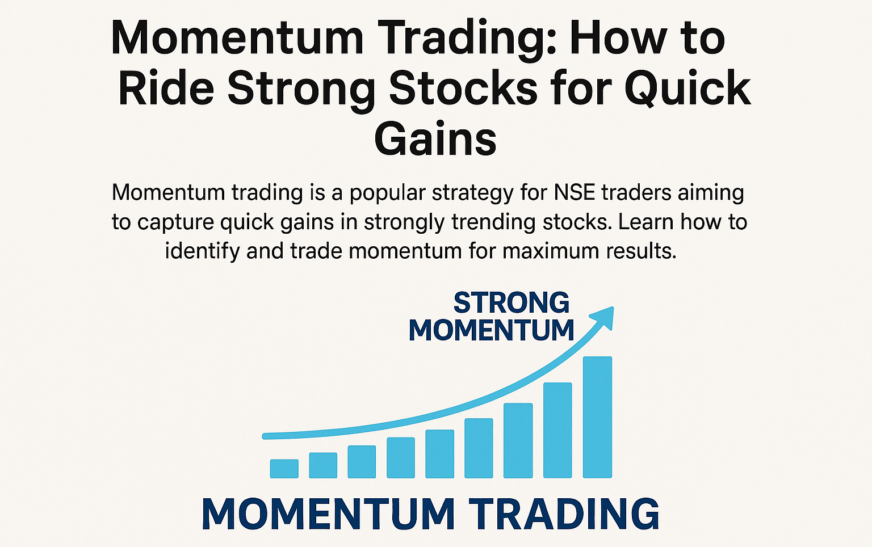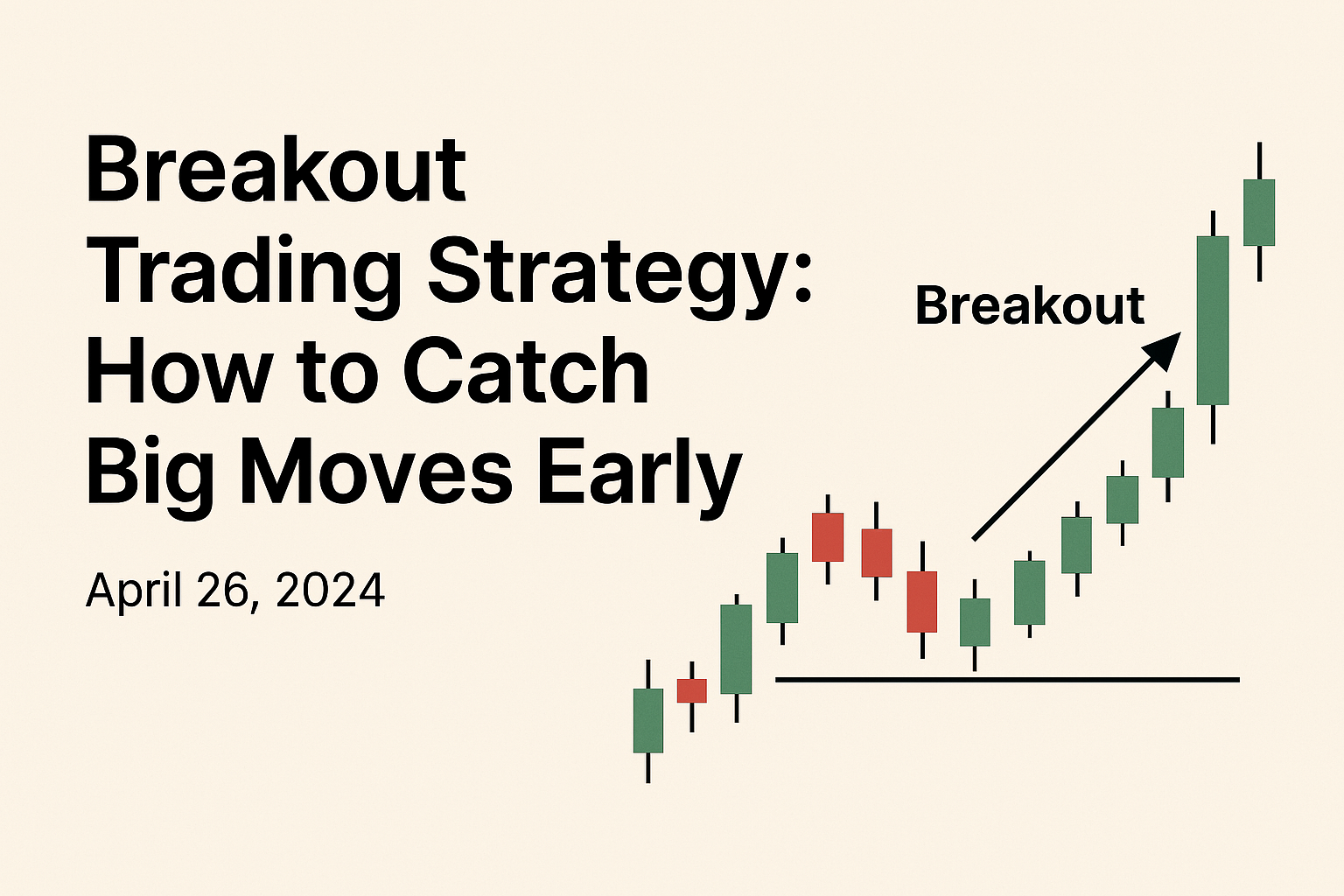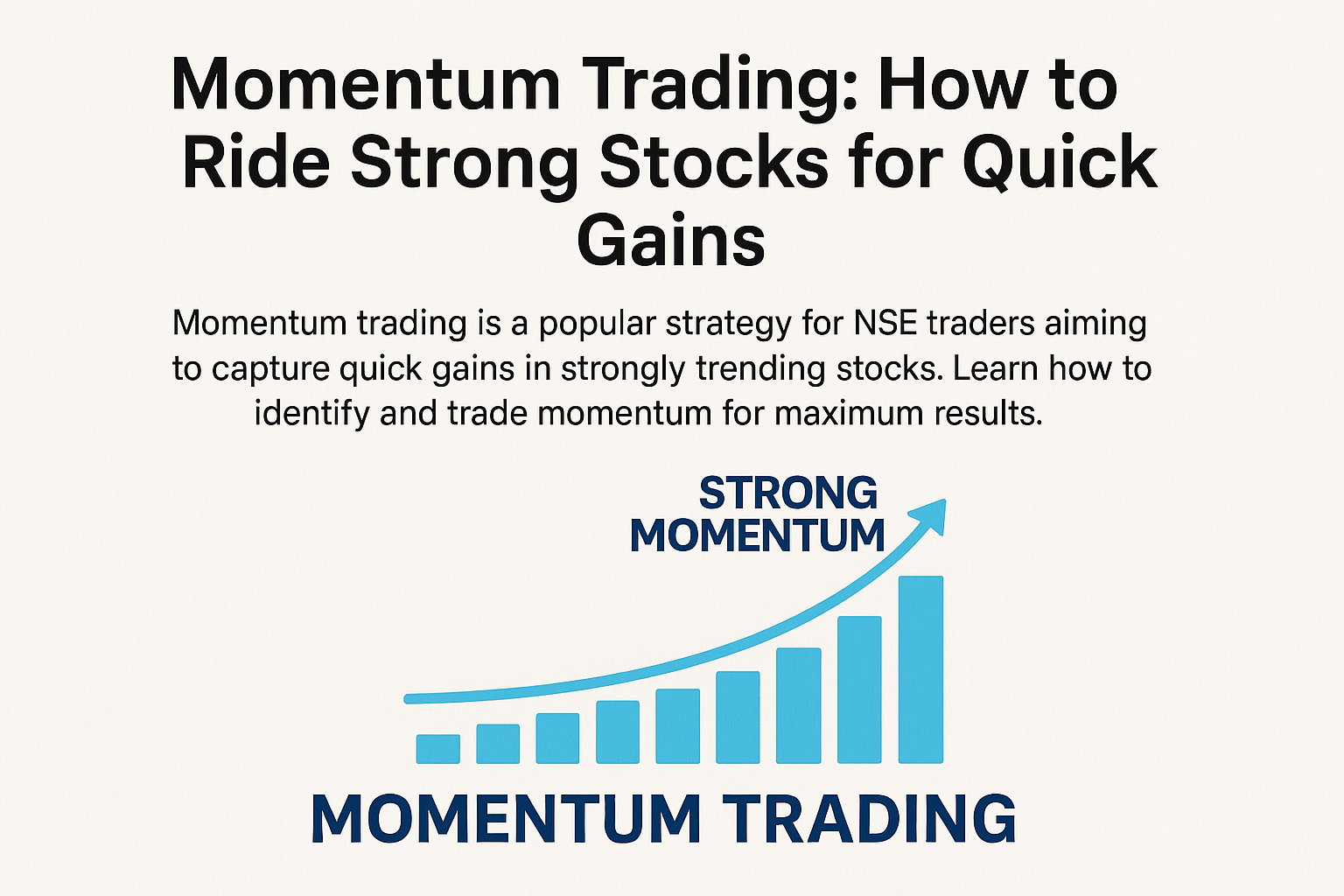Introduction
The first 15 minutes of market open can offer some of the most powerful moves of the day—especially when there’s a gap up or gap down. These gaps can signal strength or weakness, and if traded with the right plan, can lead to highly profitable opportunities. In this guide, we’ll cover how Indian traders can approach gap trading on the NSE with confidence.
What Are Gap Ups and Gap Downs?
- A gap up occurs when a stock opens significantly above the previous day’s closing price.
- A gap down happens when it opens below the previous close.
These gaps are often caused by:
- Global market cues
- Overnight news
- Earnings reports
- Government policies or economic data
Types of Gaps
- Common Gap – Small gap, usually filled quickly; not significant
- Breakaway Gap – Happens after a consolidation; can indicate trend start
- Runaway (Continuation) Gap – Appears mid-trend; confirms strength
- Exhaustion Gap – Near end of trend; often leads to reversals
Understanding the type of gap helps you decide whether to enter or stay out.
Strategy 1: Gap and Go (Trending Day)
When to Use:
- Stock gaps up/down with high volume
- Breaks previous day’s high/low
- Positive or negative news supports the move
Setup:
- Wait for the first 5-minute candle to form
- Go long if price breaks above the high (gap up)
- Go short if price breaks below the low (gap down)
- Stop-loss: below/above the first candle
- Target: 1:2 or trail as per trend
Strategy 2: Gap Fill Reversal
When to Use:
- Stock gaps up/down into a strong resistance/support zone
- No strong news backing the move
- Weak price action post-gap
Setup:
- Watch for reversal candle near the gap open
- Enter short on gap up or long on gap down
- Stop-loss: just beyond the high/low
- Target: Close of the previous day or partial fill
Checklist Before Taking a Gap Trade
- Is the gap size reasonable (not too small or too large)?
- Is the move backed by volume and news?
- What is the overall market direction (Nifty/Bank Nifty)?
- Are there support/resistance zones nearby?
- Can I define a clear stop-loss?
Key Tools and Indicators
- Pre-market movers screeners
- Volume profile
- Support & resistance zones from daily chart
- Opening range breakout indicators
- VWAP for intraday confirmation
Risk Management Tips
- Trade with fixed position size
- Avoid chasing large gaps without confirmation
- Limit trades in the first 15–30 minutes if unsure
- Stop trading after 2 consecutive losing trades
- Journal every gap trade to refine your edge
Conclusion
Gap up and gap down trading can offer high-reward trades in a short time, but they also come with increased volatility and risk. By understanding the gap type, confirming with volume, and following a structured plan, you can convert market openings into reliable profit zones.
Practice on paper or with small capital before going live. Like all strategies, consistency and discipline are the key to success.













